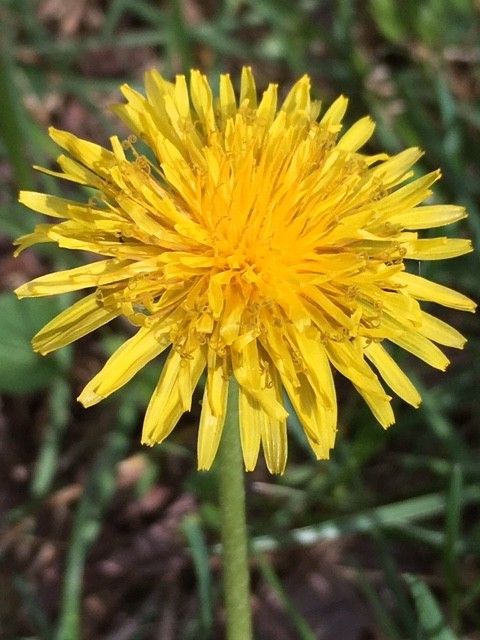
I enjoy bitter–bitter herbs, bitter foods and bitters, the magic digestive elixirs. They are spring tonics and dandelions are one of my favorites–I’ve been harvesting the leaves, flowers and roots since they first emerged and using them in soups, sauces, egg dishes, with pasta and grains, stuffing them into quesadillas and enchiladas and sprinkling the flower petals over salads. Get out there and harvest some goodness for your health and well being! (Be sure that any wild foraged edible you harvest is identified properly and organically grown and pesticide free!)
Recently, I did two programs at the Pennsylvania Herb and Garden Festival titled “The Art of Flavor”. This program is a hands-on sensory herb experience where we taste herbs representing each taste: sweet, salt, sour, bitter, pungent and umami. My dear friend and herbal cohort, Pat Kenny, traveled with me and we spent 2 1/2 to 3 hours each morning setting up the plates for tasting. I spent a few days before leaving, in the garden on my hands and knees, trying to find 300 dandelion leaves (bitter), 300 Monarda fistulosa leaves (pungent) and in the greenhouse for 300 oxalis leaves (sour). I used fennel sprigs from the grocery (sweet), and seaweed (salt) and made a mushroom and miso broth (umami). Had a full house for both programs and I believe the audience learned new things.
So, I use dandelions year round, however they are best in the spring before they flower; they are bitter though not as bitter or tough as in the summertime. As mentioned above, I use them in many recipes–and add them to any batch of greens that I am wilting whether it is spinach, kale, collards, chard or a mixture thereof. Probably my favorite use of the leaves is in salsa verde with other foraged spring weeds like chickweed, oxalis, violet leaves, nettles, wild garlic, cress, etc. Although I do love them in a spring green soup–their bitterness lessens a bit when cooked. (See recent posts for these recipes)
Dandelions are full of healthy virtues and all parts of the plants are edible: they contain many minerals, as well as good amounts of calcium, magnesium and potassium. Mostly I use the leaves; the flowers I use more for garnish on salads, though I make dandyburgers using about 2 cups of petals added to my veggie burger recipe. I drink a beverage that is quite lovely made from the roasted and ground roots, frothed oatmilk and flavored with just a hint of vanilla and maple syrup; it is delicous and satisfying and doesn’t give me the jitters that even decaf coffee does to me.
When we ingest bitter food or drink, it causes immediate salivation in the mouth, it increases our metabolic activity which gets our digestive tract moving, activates our liver to secrete bile and helps to get rid of waste from our blood. Using bitters to stimulate our tastebuds helps our digestive systems function optimally so I use them daily.
I have been making my own digestive bitters, which is easy to do, for nearly 20 years now, however I do have a collection of commercial bitters. Urban Moonshine makes some of the best digestive bitters available commerically and the founders, Guido Mase and Jovial King, wrote DIY Bitters: Reviving the Forgotten Flavor, which is an excellent book on exploring flavors and preparing your own bitters. Please subscribe to their newsletter so you get news and blogs from Guido. If you go to the following link, you an click on a recent facebook live video with Guido titled “Bitter Love”. https://www.facebook.com/UrbanMoonshine/
A few other books on bitters that I can recommend are:
Bitters: A Spirited History of a Classic Cure-All by Brad Thomas Parsons–excellent recipes for making your own bitters as well as many cocktails–this one is more from a cocktail point of view.
Bitterman’s Field Guide to Bitters and Amari by Mark Bitterman–discusses bitters and amari, has recipes for making bitters and cocktail and an extensive field guide of bitters on the market with a rating scale.
Bitter: A Taste of the World’s Most Dangerous Flavor, with Recipes by Jennifer McLagan–a book of bitter foods with recipes
The more you eat and drink bitter foods, the more you will enjoy them!


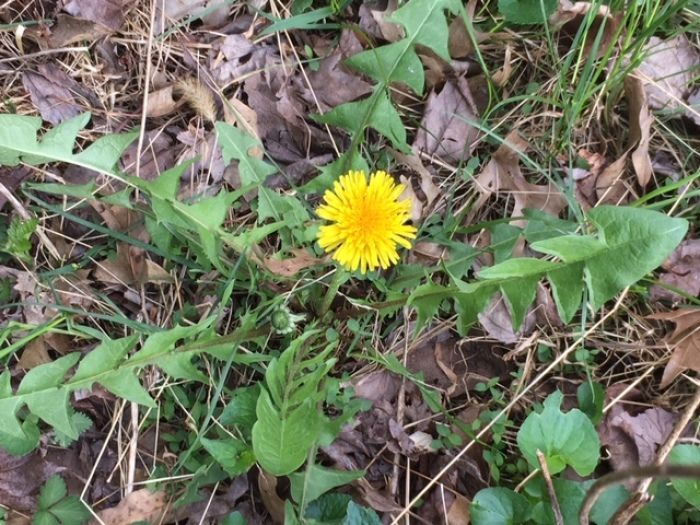
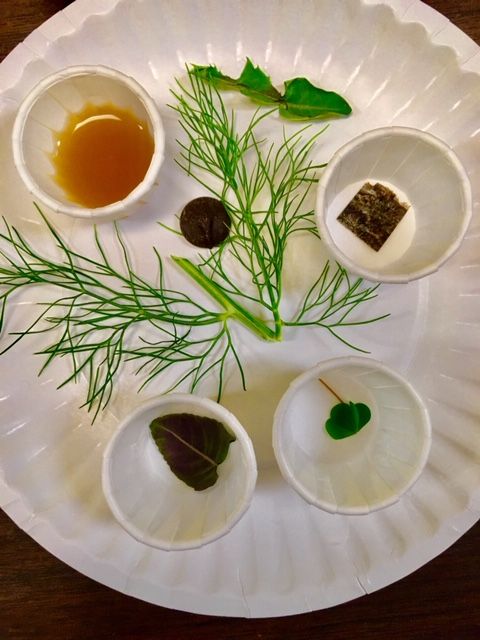
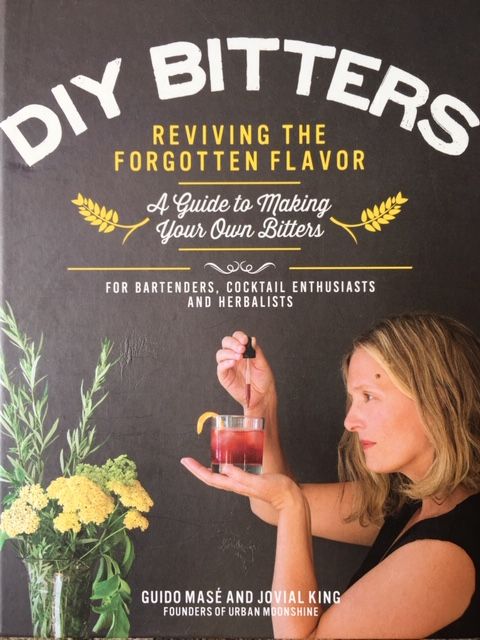

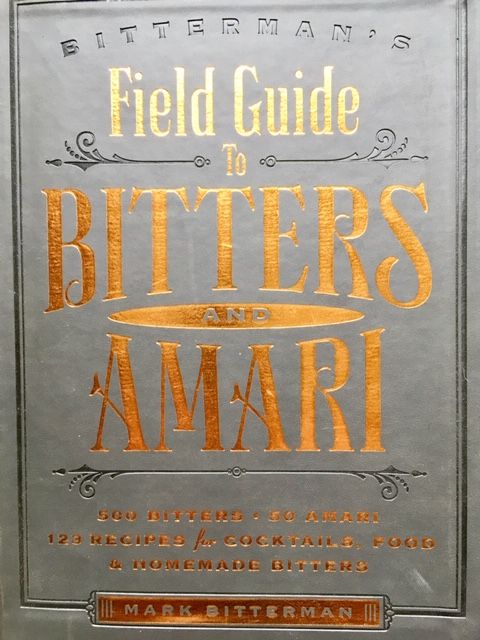
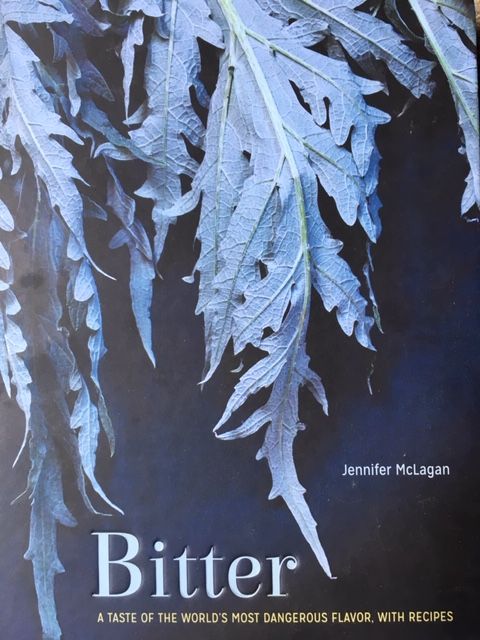

















Comments
Log in or create an account to post a comment.
Sign up Log in